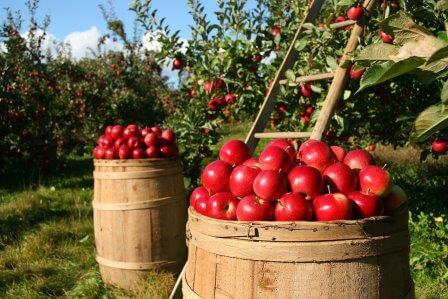
Types of Farm Records
What is a Farm record? Farm records refer to the systematic documentation and organization of various information related to agricultural operations and activities on a farm. These records are essential for effective farm management, decision-making, financial planning, and complying with regulatory requirements. Farm records can be maintained in both physical and digital formats, depending on…





